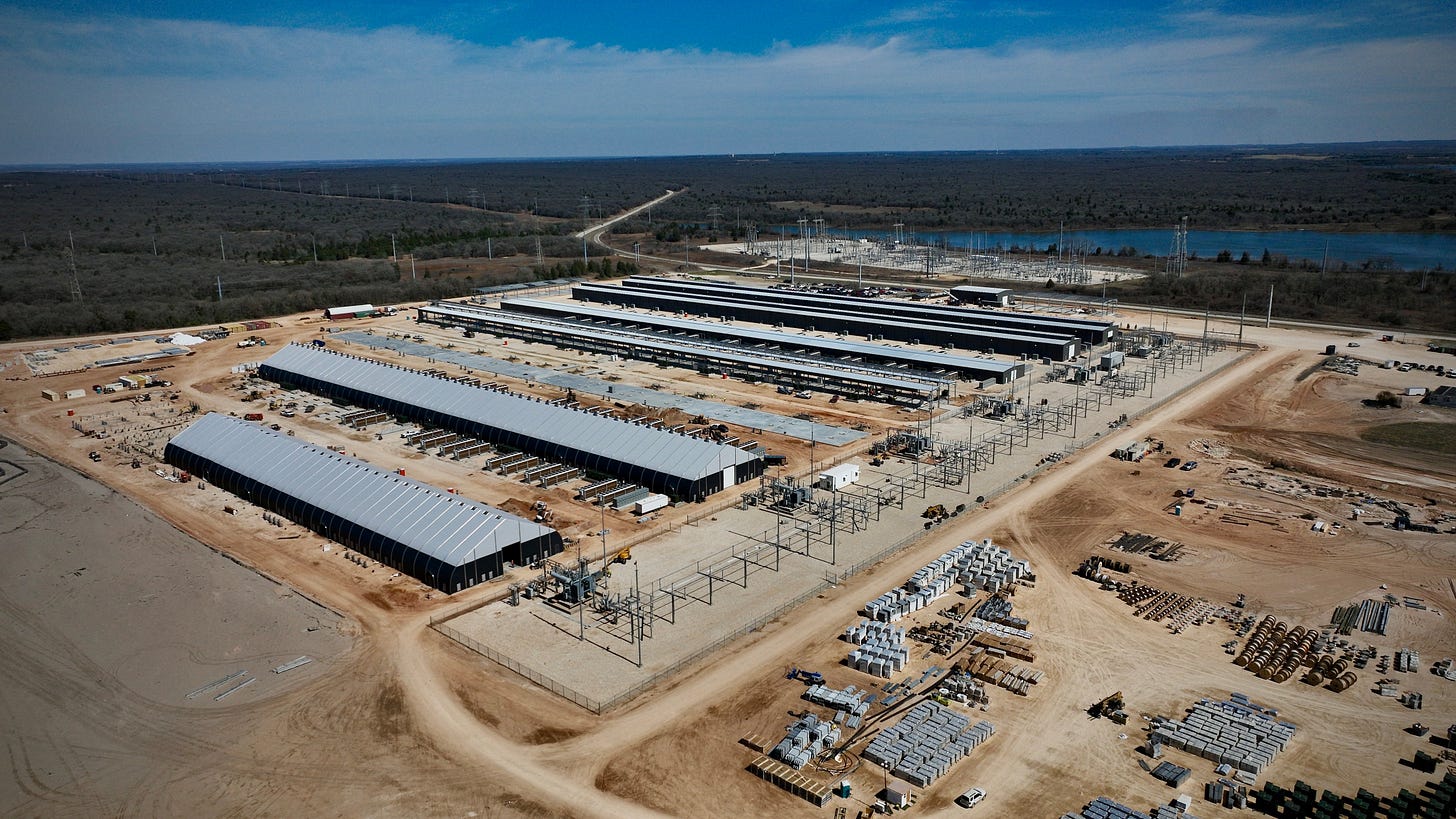The Rise of Riot Blockchain
Building North America's Largest Bitcoin Mining Facility
The world of cryptocurrency mining is witnessing a seismic shift, and Riot Blockchain has taken center stage with its ambitious endeavor to establish North America's largest single Bitcoin mining facility. With a total power capacity of 750 MW, Riot's Rockdale Facility boasts an impressive 450 MW of developed capacity, positioning itself as an industry leader. However, as regulatory winds begin to blow, questions arise about the sustainability and profitability of such a massive investment in the United States.
Riot Blockchain's Remarkable Rockdale Facility
Riot Blockchain, a Colorado-based blockchain company, has made headlines with its Rockdale Facility, which stands as a testament to the company's vision and dedication to the world of cryptocurrency mining. The facility, nestled in Rockdale, Texas, has rapidly evolved into a mining behemoth, thanks to its astounding power capacity and ambitious expansion plans.
The Powerhouse of North America
With 450 MW of developed capacity, Riot's Rockdale Facility has the distinction of being the largest single Bitcoin mining facility in North America when measured by developed capacity. This sheer magnitude has provided Riot Blockchain with a significant competitive advantage in the global mining landscape. The facility's power capacity allows for the operation of thousands of high-performance mining rigs, contributing significantly to the network's overall hash rate.
Regulatory Challenges on the Horizon
While Riot Blockchain's accomplishments are undoubtedly remarkable, they come at a time when regulatory concerns surrounding cryptocurrency mining in the United States are growing. The cryptocurrency industry, which once thrived in a relatively unregulated environment, is now facing increased scrutiny from lawmakers and regulators.
Several states in the U.S. are contemplating or implementing stricter regulations on cryptocurrency mining operations. Concerns about environmental impacts, energy consumption, and the carbon footprint of Bitcoin mining have led to calls for regulatory intervention. These developments raise questions about the long-term viability of Riot's massive mining facility in a potentially shifting regulatory landscape.
Navigating the Regulatory Maze
To sustain its operations in the face of evolving regulations, Riot Blockchain and other mining companies must adapt and demonstrate their commitment to environmental responsibility. This includes exploring green energy solutions, such as renewable power sources, to mitigate concerns about the environmental impact of cryptocurrency mining.
Furthermore, engaging with regulators, policymakers, and local communities is crucial for building trust and securing the necessary approvals to continue operations. Riot Blockchain's experience in working collaboratively with local authorities and communities will be vital in navigating the regulatory maze.
Conclusion
Riot Blockchain's Rockdale Facility stands as a testament to the potential of cryptocurrency mining in North America. Its massive power capacity and dedication to growth have positioned it as an industry leader. However, as regulatory winds begin to blow, the company and the broader cryptocurrency mining industry face new challenges.
Adaptability and a commitment to environmental responsibility will be key for Riot Blockchain and other mining companies to thrive in an increasingly regulated environment. While the future of cryptocurrency mining in the United States may be uncertain, Riot's determination to remain at the forefront of the industry will undoubtedly continue to shape the landscape of Bitcoin mining in North America.


